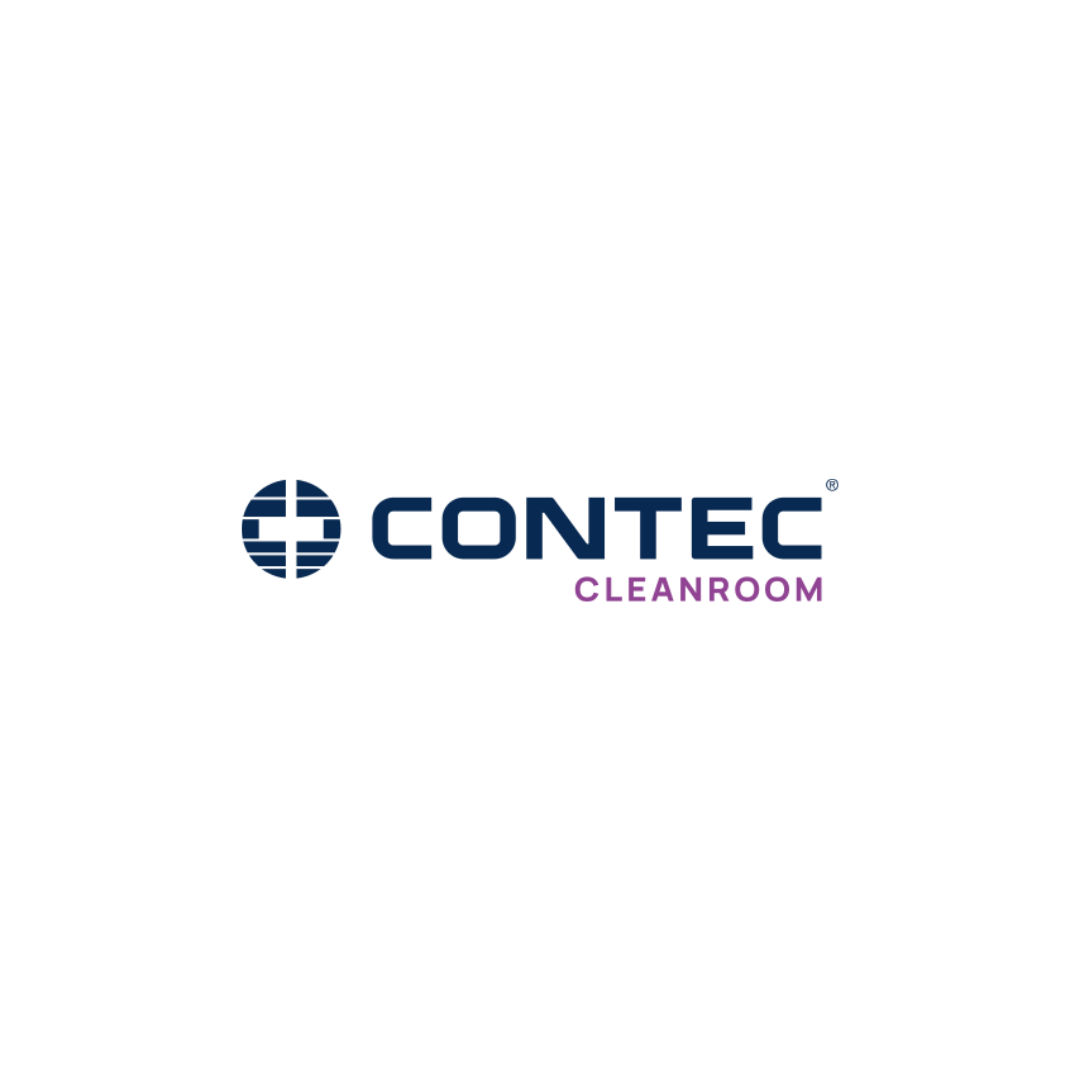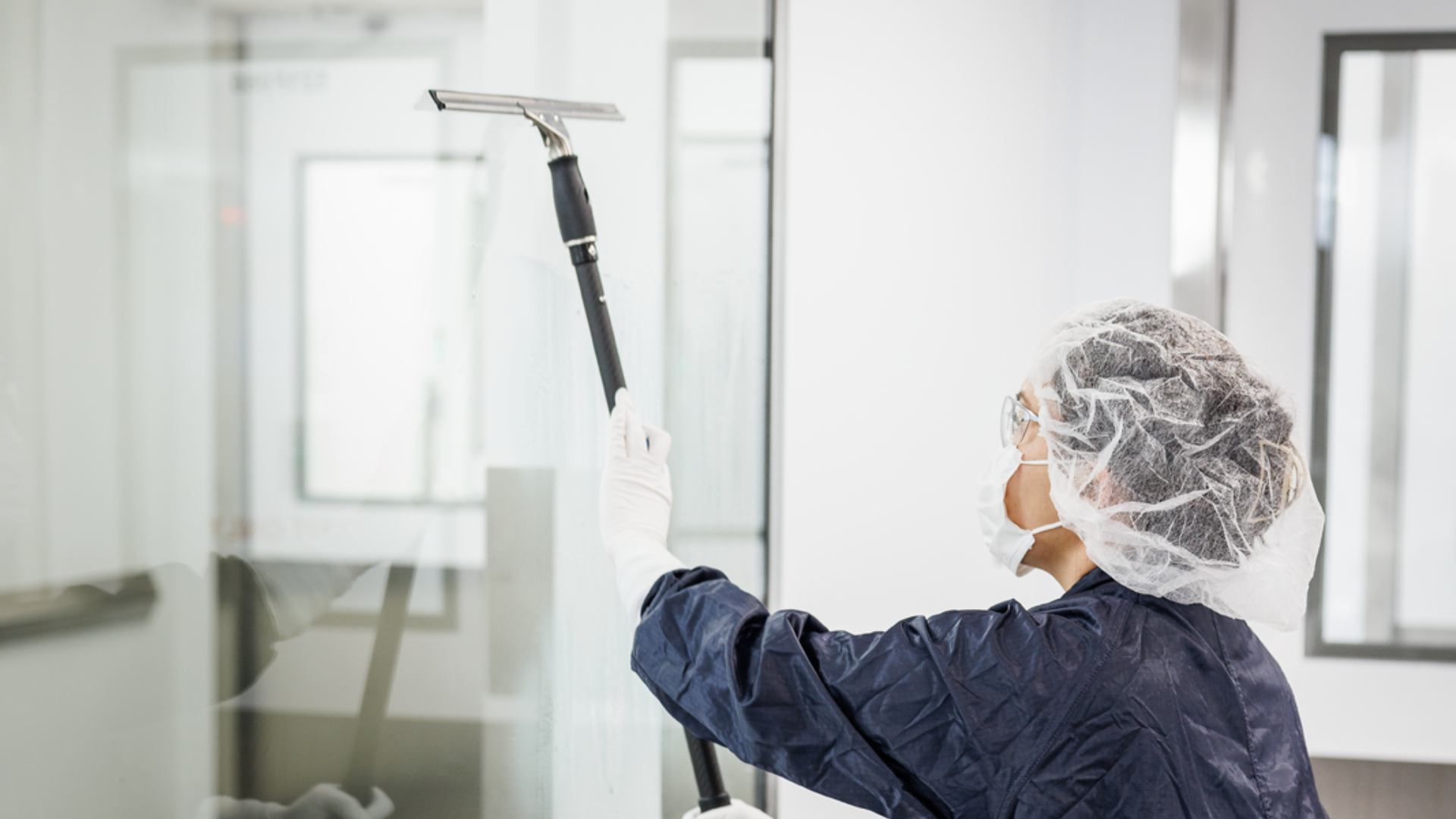When it comes to cleanroom contamination control, the goal is clear: eliminate contaminants to maintain a compliant environment, especially in sectors like pharmaceutical and biotechnology manufacturing.However, an invisible adversary often undermines this objective—residue from disinfectants. Although vital for microbial control, these solutions typically leave behind residues that compromise the overall cleanliness and contamination control of the cleanroom. This blog will highlight the challenges residues present and strategies to manage them effectively.

Understanding Cleanroom Residues
Residues in cleanrooms arise from various sources, including the personnel, processes, and materials involved. Yet, disinfectants—essential for microbial control—unexpectedly become significant contributors. Disinfectant residue is the material left on surfaces after application and evaporation, which despite its inevitability, can have detrimental effects on microbial control. Cleaning refers to the physical removal of organic matter, whereas disinfection involves killing microorganisms. The two are distinct, and so is residue removal—a specific aspect of cleaning.
The Impact of Disinfectant Residues
The presence of disinfectant residues is very common in critical environments in life sciences. When left unmanaged, they can lead to a host of problems including:
- Operator safety hazards such as slippery or sticky floors
- Visually unclean surfaces such as streaks and spots on windows and equipment
- Rouging and corrosion of stainless-steel equipment
- The risk of product or process contamination if left unchecked
Moreover, these residues can degrade the cleanroom infrastructure over time, leading to expensive repairs or intensive and disruptive cleaning operations.
Recognizing this, authoritative bodies such as the United Staes Pharmacopeia (USP), Parenteral Drug Association (PDA), Food and Drug Administration (FDA) and European Commission (EU GMP) have highlighted the importance of managing these residues effectively as part of a Contamination Control Strategy (CCS) and similar structures.
Visual Monitoring: the First Step in Residue Management
Often, the first line of defense is visual monitoring. The appearance of residues, however, can be misleading; the same level of residue may appear greater or lesser depending on the surface observed. For instance, for the same level of residue, windows and polished metals show residues more prominently compared to walls and floors. This variability necessitates a more considered and knowledgeable approach to residue management.
Learn More about residue removal mitigation and management here.
Strategies for Effective Residue Mitigation
Mitigating residues is not difficult but does require understanding and implementation of strategies specific to each cleanroom. Critical factors include the type of disinfectant and frequency of application, the surfaces and the contact time required, and the methods of application and performance of the cleaning tools used. For example, over-application of disinfectants or infrequent residue removal can exacerbate residue accumulation and related issues.
To mitigate residue issues effectively, a specific and dedicated residue removal step should be incorporated into any cleaning and disinfection program. Such a removal step should include specified agents to solubilize residues (if dry) such as Water for Injection (WFI), 70% IPA/30% deionized water, 6% hydrogen peroxide (6% H2O2), or low-residue detergents. It may also be possible to prevent the residue formation by removing the disinfectant while it is still wet using dry wipes or mops (after achieving required contact time, of course). The most effective removal agent should be determined based on the characteristics and solubility of the residue, and the specific needs of the cleanroom.
The Importance of Regular Residue Removal
A regular schedule for residue removal is crucial. The frequency and protocols for residue removal should be based on risk assessments, environmental monitoring (EM) data, the frequency of disinfectant application, and visual evaluation. Critically, EM data alone should not be the sole determinant of the need for residue removal or management.
In establishing a removal frequency, starting with a longer interval between cleanings and adjusting as necessary is advisable. Typically, a bi-weekly or monthly schedule is sufficient, depending on the disinfectant’s chemistry and application frequency.
Solubilizing agents or detergents may be necessary for mitigating stubborn or long-standing residues but remember detergents themselves often leave residues. In this situation, a rinse with water, followed by drying, is often necessary to prevent the cycle of residue accumulation.
Finally, while disinfectants are indispensable for cleanroom sanitization, they introduce the challenge of managing their residues. An effective residue management strategy must address this by incorporating regular residue removal into the maintenance schedule and using the appropriate agents. By acknowledging and addressing this often-overlooked aspect of contamination control, we can ensure that our cleanrooms remain truly clean, reflecting the high standards of industries that rely on them. Let’s not let the unseen undermine our efforts; after all, in the world of cleanrooms, what you can't see can hurt you.

.png)



